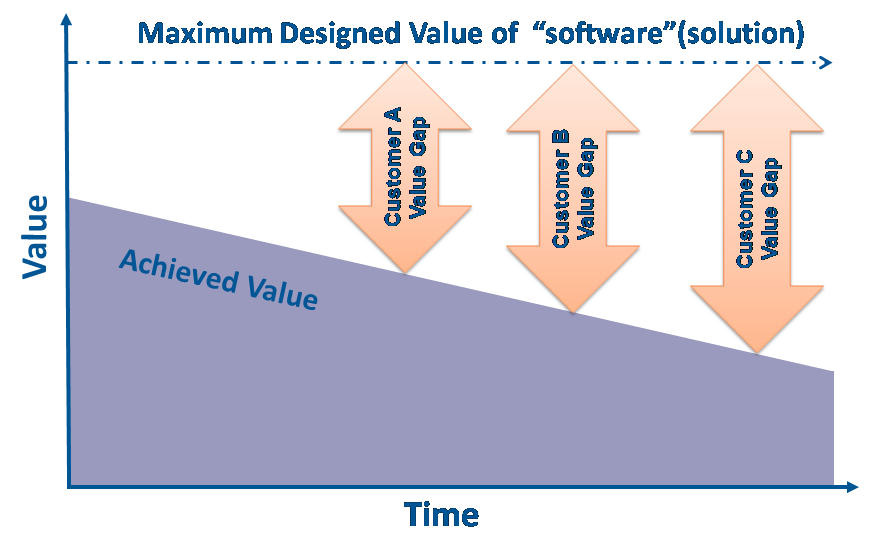I personally start every year with a list of New Year’s resolutions. Some I start and drop soon thereafter, others I decide not to start at all, and a few I actually start and at least try to follow through on. “Shopping my closet” always makes my list. I look at this one from two perspectives. The obvious one is literally going through my personal “closet” to see what I have accumulated over the years (not just the past year) but am not really using. This forces me to decide what to get rid of (and perhaps run it through the used clothing supply chain) and what to keep and commit to increasing my utilization rate. It is so easy to forget past investments and just simply buy new but to be honest it is just plain dumb. I feel even stronger about that since I discovered that my purchasing mishaps may in fact end up in landfills. The other way I look at this is from a business perspective. What did I get started on last year that I never quite finished or shared with clients (new process, thought leadership piece, research topic, etc.)? What relationships do I have that I have let fall by the wayside that I need to pick up and continue to grow? How are my Procurement clients ensuring that what they are buying for their business partners will be fully utilized / adopted?
When I reflect on the business perspective, it really draws me back to a major difference between Strategic Sourcing and Category Management – Adoption!

Adoption is what “shop your closet” is all about and Category Management should focus on finding goods and services for your business partners that will achieve their full return on investment. That can only happen by ensuring you uncover ALL the impacted stakeholders AND understand their value drivers (what is important to them). Without that you may buy yet another “thing” that sits in the closet and is never used. We have numerous client examples, particularly in the technology space, where systems / software that are perfectly fine and actually meet business partner needs are being replaced simply because they were merely implemented but never fully adopted. No offense to all our P2P software providers (and there are many of you) but most of your systems have the same functionality yet we have clients that are implementing their third P2P system. Why – lack of adoption from the first and second. Take a look at this chart:
 What this illustrates is three different companies implementing the exact same software, configured the same way at the same time but achieving very different results. Why? Adoption! So now you may ask, what does this have to do with Procurement? Nothing unless you are promoting your organization as doing Category Management or working way towards it. Here are some things to consider:
What this illustrates is three different companies implementing the exact same software, configured the same way at the same time but achieving very different results. Why? Adoption! So now you may ask, what does this have to do with Procurement? Nothing unless you are promoting your organization as doing Category Management or working way towards it. Here are some things to consider:
- When your internal business partner asks you to solve a problem for them or buy something on their behalf, ask the “shop your closet” question. If they already have a workable solution, find out:
- Why isn’t it being used?
- What is getting in the way of adoption?
- If it was fully adopted, could it work?
- What can we do to increase adoption?
- If you are going to buy something new, actively seek out your stakeholder’s Value Drivers to ensure that what you are buying meets THEIR needs (not just your savings targets).
- Make “adoptability” part of the evaluation process. Ensure your business partners understand the importance of adoption and are ready and ABLE to adopt what you are buying for them. Without adoption there is only COST and little to no return.
If we as Procurement professionals want to be considered strategic business partners, then we need to do what it takes to earn that role. While “shop your closet” may seem like a silly comparison, it is an easy way to remind ourselves that there are many ways we can add Value within our organization and increasing adoption is a powerful one.
Join the conversation and let us know what you think . . . . . . . .


